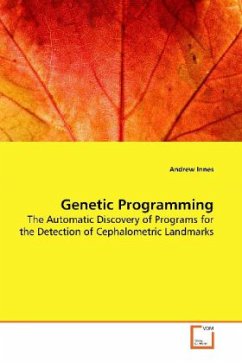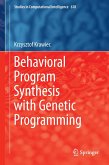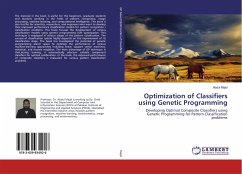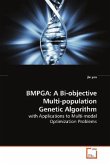The domain of medical imaging analysis has burgeoned
in recent years due to the availability and
affordability of digital radiographic imaging
equipment and, as such, there has been significant
activity in the automation of the medical diagnostic
process. One such process, a cephalometric analysis,
is manually intensive and can take an experienced
orthodontist several minutes to analyse one
radiology image. This book describes an approach
based on genetic programming and various image
processing techniques to automate this process. A
cephalometric analysis involves locating a number of
points in an X-ray and determining the linear and
angular relationships.
This book is presented as a logical sequence of
steps into developing a domain independent approach
that will automatically learn a landmark detection
program through the use of the genetic programming
paradigm. In each step the approach is explained in
detail and tested on a selection of landmarks. The
work presented in this book could be used as the
basis of an automated system with an orthodontist
undertaking a few corrections prior to completing
the analysis.
in recent years due to the availability and
affordability of digital radiographic imaging
equipment and, as such, there has been significant
activity in the automation of the medical diagnostic
process. One such process, a cephalometric analysis,
is manually intensive and can take an experienced
orthodontist several minutes to analyse one
radiology image. This book describes an approach
based on genetic programming and various image
processing techniques to automate this process. A
cephalometric analysis involves locating a number of
points in an X-ray and determining the linear and
angular relationships.
This book is presented as a logical sequence of
steps into developing a domain independent approach
that will automatically learn a landmark detection
program through the use of the genetic programming
paradigm. In each step the approach is explained in
detail and tested on a selection of landmarks. The
work presented in this book could be used as the
basis of an automated system with an orthodontist
undertaking a few corrections prior to completing
the analysis.








